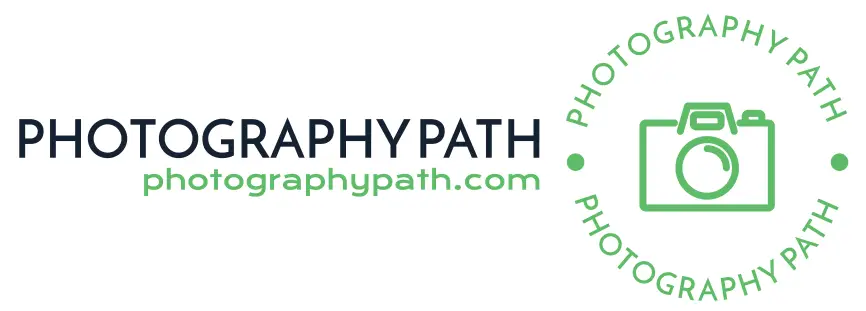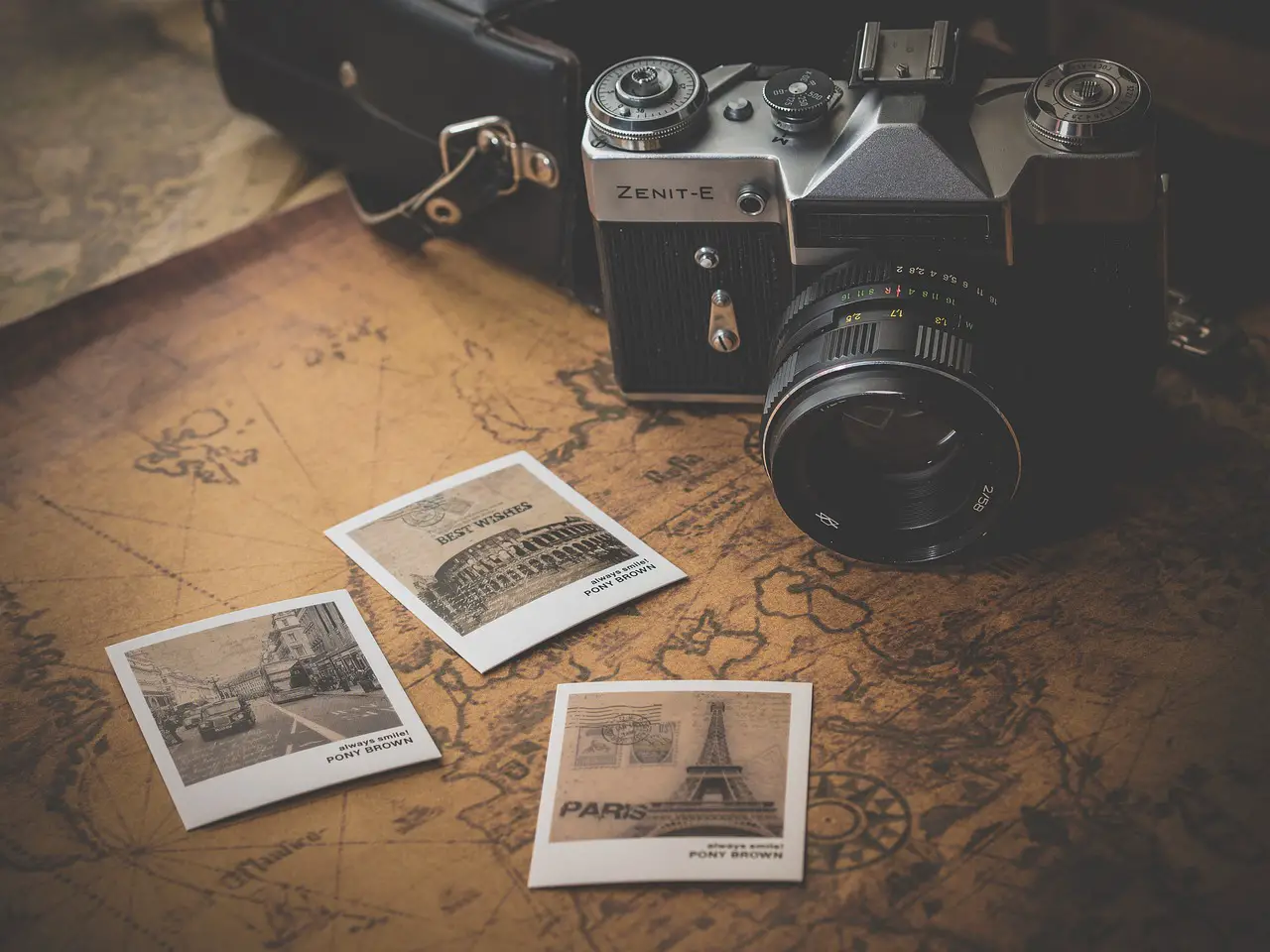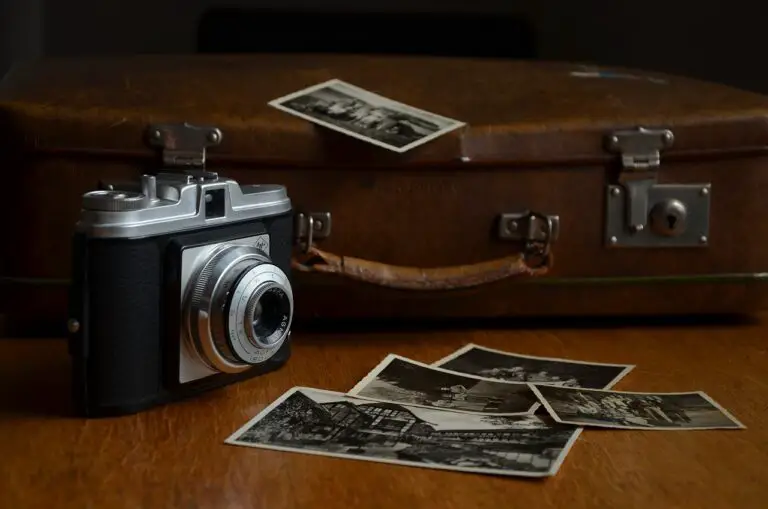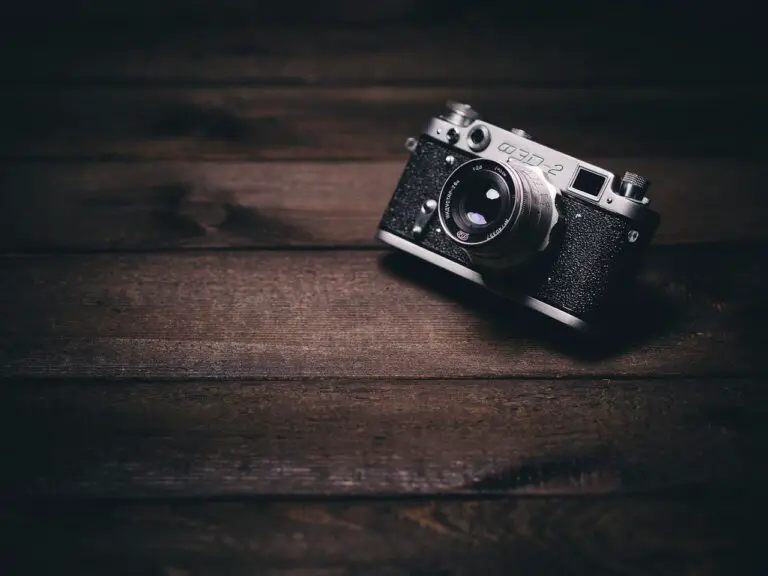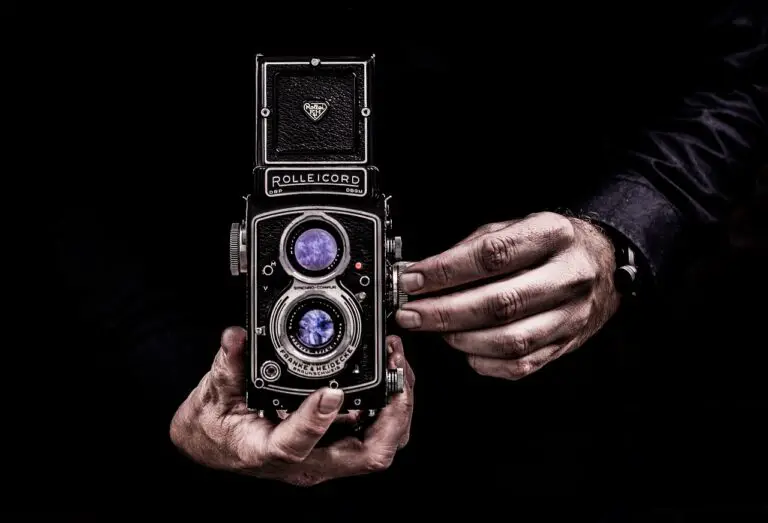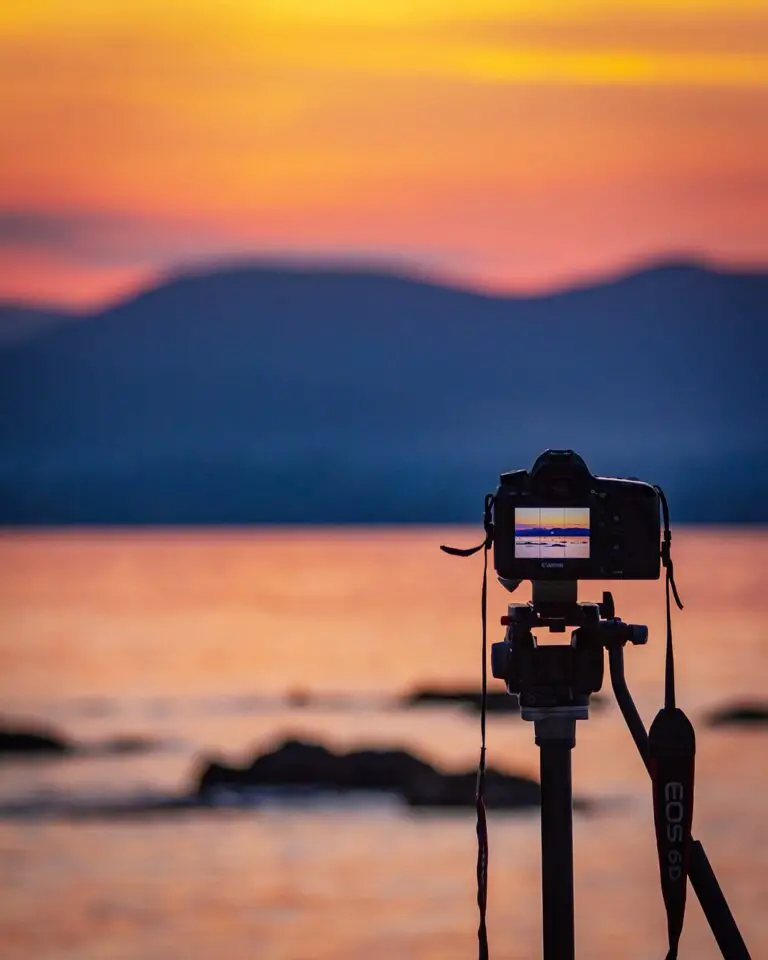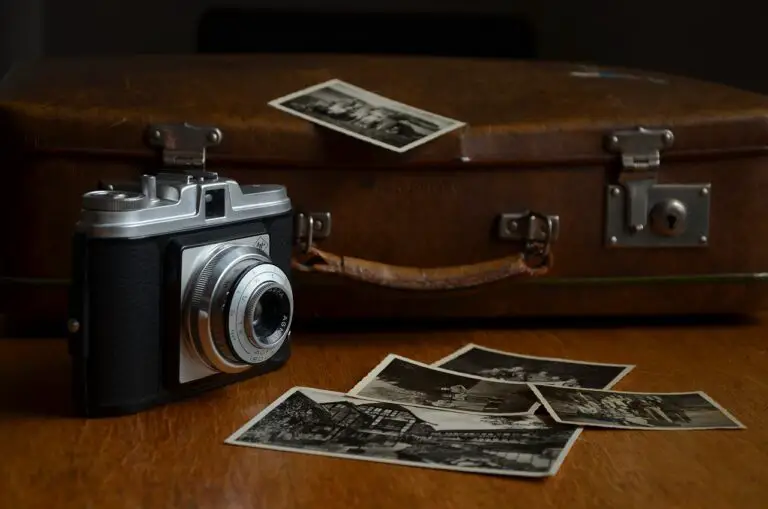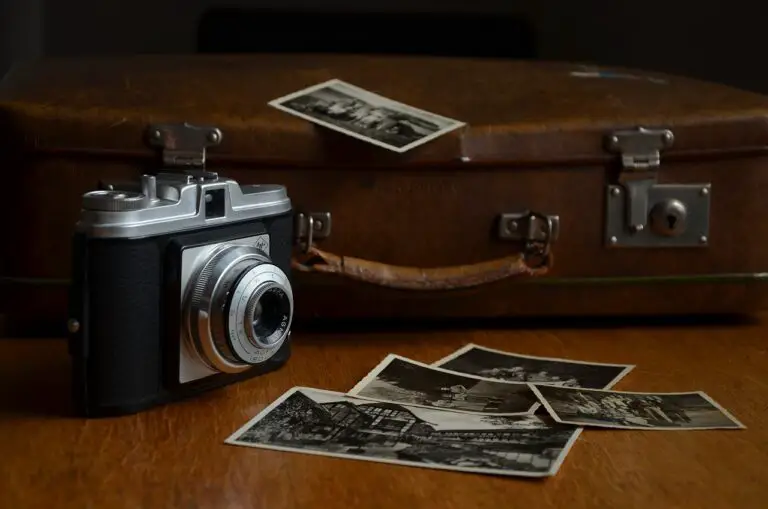When Did Photography Become Common
Photography democratized: From professionals to public
Photography became common in the mid-19th century, following the invention and commercialization of the daguerreotype process by Louis Daguerre in 1839. Initially, photography was a complex and expensive endeavor with limited availability, primarily practiced by professionals and enthusiasts with access to the necessary equipment and expertise. However, as technological advancements and improvements in manufacturing processes occurred, photography gradually became more accessible to the general public.
Revolutionary Innovations Democratize Photography
The development of the dry-plate process in the 1870s and the subsequent introduction of roll film by George Eastman in the 1880s further contributed to the democratization of photography. These innovations allowed for the mass production of photographic materials, making them more affordable and widely available to a greater number of people. As a result, cameras and photographic equipment became more commonplace, marking a significant shift in the accessibility and popularization of the medium.
Kodak Box Camera: Photography Revolutionized
The introduction of the Kodak Box Camera in 1888 revolutionized photography, as it provided a simple and affordable way for anyone to take photographs. The camera came preloaded with film, eliminating the need for users to handle and develop the photographic plates themselves. The Kodak Box Camera approached photography as a user-friendly and convenient process, transforming it into a popular leisure activity among the masses.
Photographys Rise: Ubiquitous Presence in Modernity
By the early 20th century, photography had truly become common and accessible to a large segment of the population. With advancements in technology, the introduction of smaller and more portable cameras like the Kodak Brownie, and the spread of photography clubs and publications, the medium became deeply ingrained in popular culture. The advent of digital photography in the late 20th century further enhanced the accessibility and prevalence of the art form, ultimately leading to its ubiquity in the modern age.
